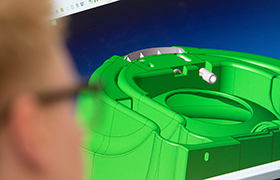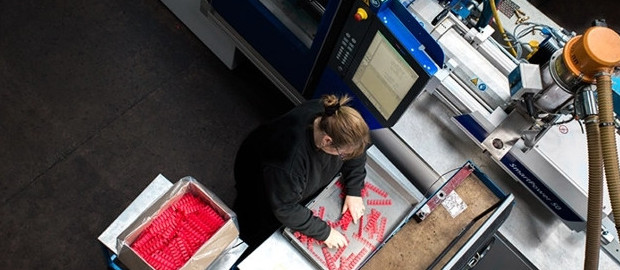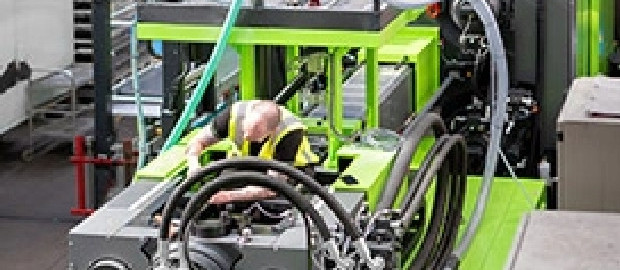DENSITY/SPECIFIC GRAVITY
Density is the weight per unit volume of material at 23˚C. Datasheets tend to show the Specific Gravity of a particular material, this is the ratio of the weight of a given volume of a certain material to that of the same volume of water at a given temperature.
Therefore, multiplying the volume of a part in cm3 by the specific gravity will give the weight of that part in grams when moulded in the selected material.
The two test standards that apply here are ASTM D792 and ISO 1183. They differ as shown in the tables below:
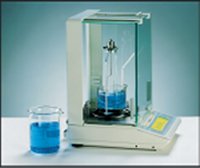

ASTM D792
| Method | Description | Calculation |
|---|---|---|
| A | Testing in water | (apparent mass in air) / (apparent mass in water) |
| B | Testing in other liquids | (apparent mass in air) * (specific gravity of liquid) / (apparent mass in liquid) |
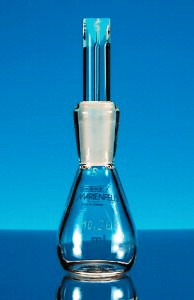
ISO1183
| Method | Name | Description |
|---|---|---|
| A | Immersion Method | Plastics specimen in finished conditon is weighed both in and out of an immersion liquid. |
| B | Pyknometer Method | A pyknometer is filled with immersion liquid and weighed. The specimen is weighed and then placed in the pyknometer. The pyknometer is again filled with immersion liquid and weighed. |
| C | Titration Method | Test specimen is placed in an immersion liquid of lower density. A more dense immersion fluid that is miscible with the lower density fluid is added using a burette. Testing stops when the specimen is neutrally buoyant in the solution. |
| D | Density Gradient Column Method | Specimen is placed in a density gradient column. The column contains liquid that increases in density from top to bottom. Density of the specimen is determined by the vertical location of the specimen in the column. |


